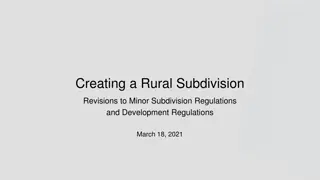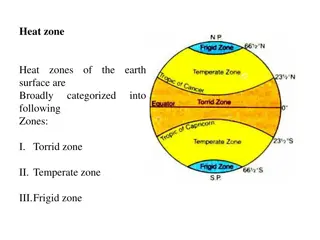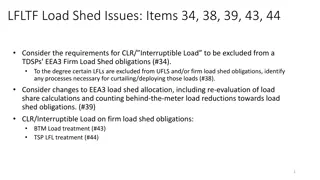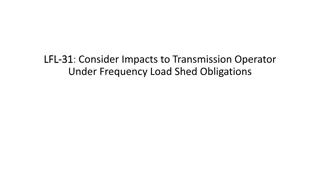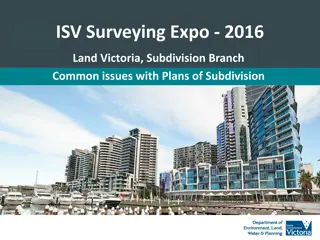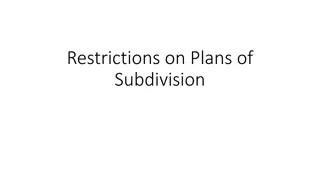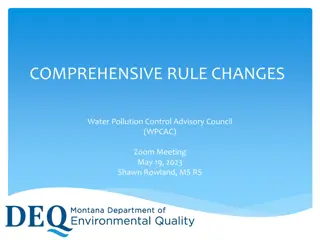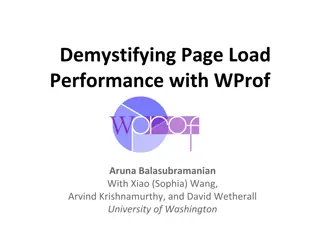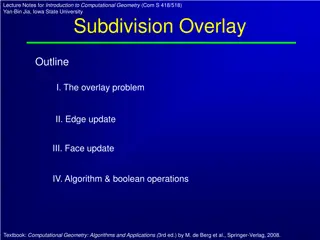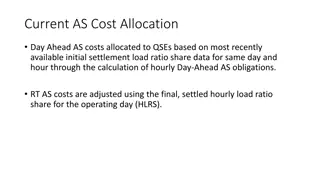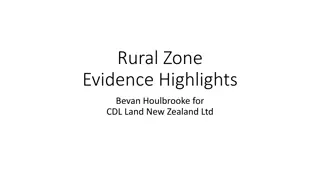Subdivision Analysis for Load Zones Optimization
This project aims to subdivide existing load zones to enhance aggregations and SCED clearing processes. Criteria for subdivision, determining the number of new zones, and clustering based on pricing are addressed. A study will be conducted to subdivide existing zones into 3, 4, and 5 new zones, cluster them based on pricing, and present results for approval.
Download Presentation

Please find below an Image/Link to download the presentation.
The content on the website is provided AS IS for your information and personal use only. It may not be sold, licensed, or shared on other websites without obtaining consent from the author.If you encounter any issues during the download, it is possible that the publisher has removed the file from their server.
You are allowed to download the files provided on this website for personal or commercial use, subject to the condition that they are used lawfully. All files are the property of their respective owners.
The content on the website is provided AS IS for your information and personal use only. It may not be sold, licensed, or shared on other websites without obtaining consent from the author.
E N D
Presentation Transcript
Creation of New Load Zones CMWG 7/18/22
Existing Load Zones
Establish Criteria to Subdivide Existing Zones GOALS : To create zones such that: Aggregations can meaningfully exist (larger the better) SCED can clear the aggregation correctly in regard to constraint impacts (smaller the better) Considerations New zones must be subdivisions of existing load zones Will allow existing LZ settlement values to be calculated All load will be settled against the new load zone values Should NOIE LZs be included?
Subdivide all existing zones into the same number of new zones? If not, how do we choose an effective number? Is there a minimum load level needed in any new zone? Cluster around shift factor relationship to historic constraints? Cluster around historic pricing to approximate shift factor correlations to potential constraints? Using price will organically include time and price weight components Using price can incorrectly correlate nodes when multiple constraints are present Cluster around shift factor relationship to anticipated future constraints? Other? Choices
Create a study Subdivide the existing zones into 3, 4, and 5 new zones Cluster the new zones based on price Present the results of each existing zone showing: Color graphic of the new load zone options (3, 4 or 5) Resulting load in each new zone Statistical correlation of the pricing for the new zones Make a recommendation for WMS/TAC/Board approval Once approved draft NPRR to affect change Proposal






